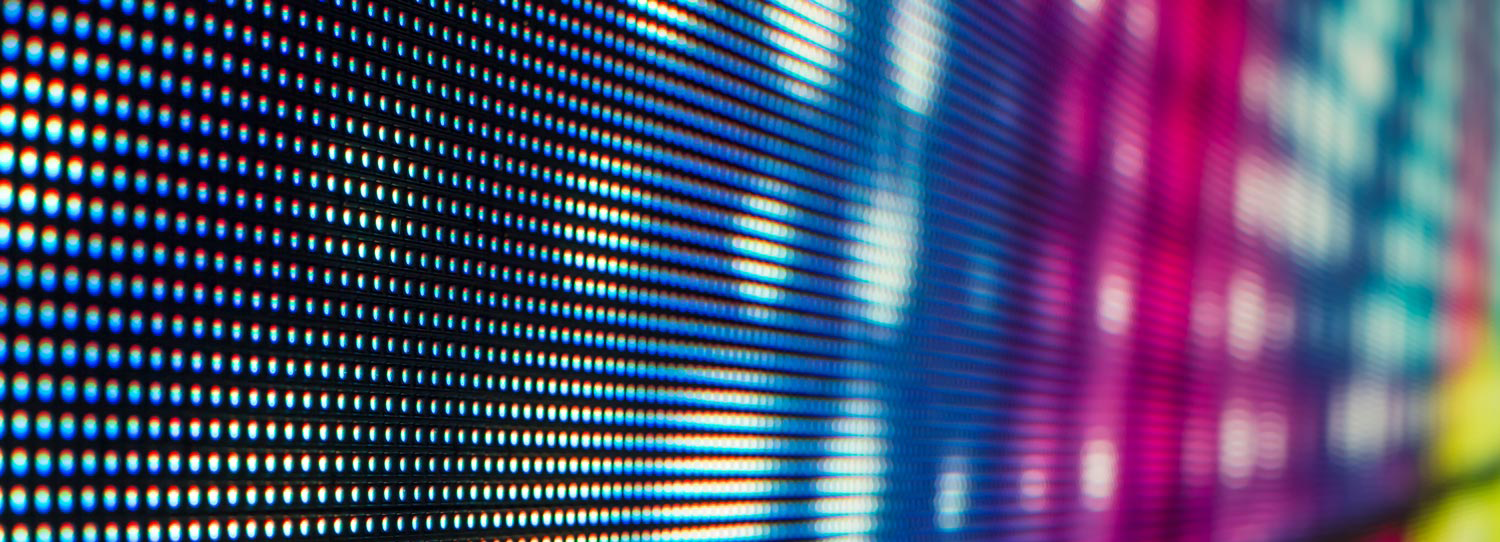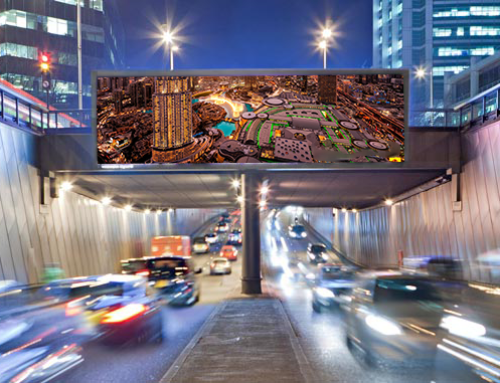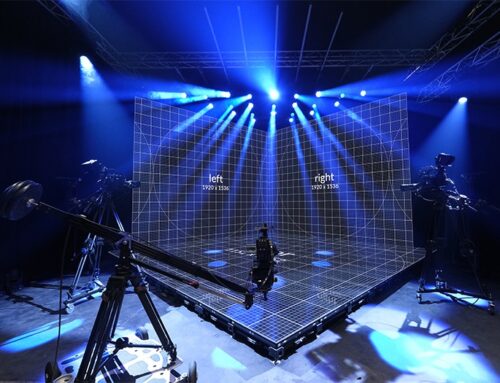
In LED Video technology, are Micro LEDs the next big thing?
MicroLEDs, which draw a lot of interest in the show market, may also have a significant influence on the video wall industry. Dozens of businesses use dozens of alternative technologies to create dozens of ways to produce small LED devices and assemble them into displays. It is a very creative but still very confusing area, with no simple winning technological strategy yet to emerge.
What is a microLED?
The term microLED usually refers to the size of the LED device’s emitting region. There is, however, no specific market clarity on the size that counts as “mini” and the concept can differ depending on the application. For example, the desire is to have microLED elements smaller than 10 μm for virtual-reality and augmented-reality ( VR / AR) glasses. Some want the concept to be 50 or 100 μm for direct-view displays. There is a new level called miniLED above this size.
In order to make things much more confusing, many monitor vendors simply call their new very-fine-pitch monitor pixels “microLEDs” regardless of the size of the emitter being used. This is because the pixel pitch (the region between full-color pixels) is more significant than the size of a display screen ‘s lead emitter.
“A so-called” videowall “is the most familiar type of direct-view LED (DV-LED) display. These are composite displays consisting of a variety of” cabinets, “with multiple” units “composed of each cabinet. Each panel in turn has red, green , and blue (RGB) LEDs installed along with drivers and electrical interconnections on a circuit substrate.
There has been a strong movement toward narrow- or fine-pitch LED video walls over the last few years. These are commonly classified as pixel pitches of less than 1.5 mm, with 0.4 mm now for the new prototypes. For closer viewing distances, such displays are planned. In terms of perspective, 0.4 mm on a 65 in is very similar to the pixel pitch. 4K-TV with UHD resolution. As a result, this technology is of considerable concern to big LED Video Walls brands.
In terms of luminance, dynamic range, color gamut, viewing angle, black levels, and so on, DV-LED displays can satisfy and sometimes exceed LCD or OLED efficiency. Price is the biggest drawback. RGB LEDs are one of the key price generators for DV-LED displays. Changing to smaller LED emitters ensures that a major cost savings requires less content from the LED system. Boxing the LEDs and mounting them on the module circuit boards is the other big cost factor.
Developers of micro LED technologies to expand production lines, planning in the coming years for booming applications
The industry appears to have a more clear future of Micro LEDs with applications with Mini LED display technologies about to enter the market. Two Micro LED technologies builders announced their intentions to set up new manufacturing lines for Micro LEDs this week.
These recent investments in micro LED chips and wafer processing may suggest that the industry sees a promising future for state-of-the-art technology. The anticipation of leading brands such as Apple, Samsung and LG who have committed themselves to designing applications focused on Micro LED display technology is another driving momentum. Last week, LG formally introduced the first commercial application-oriented Micro LED screen.



